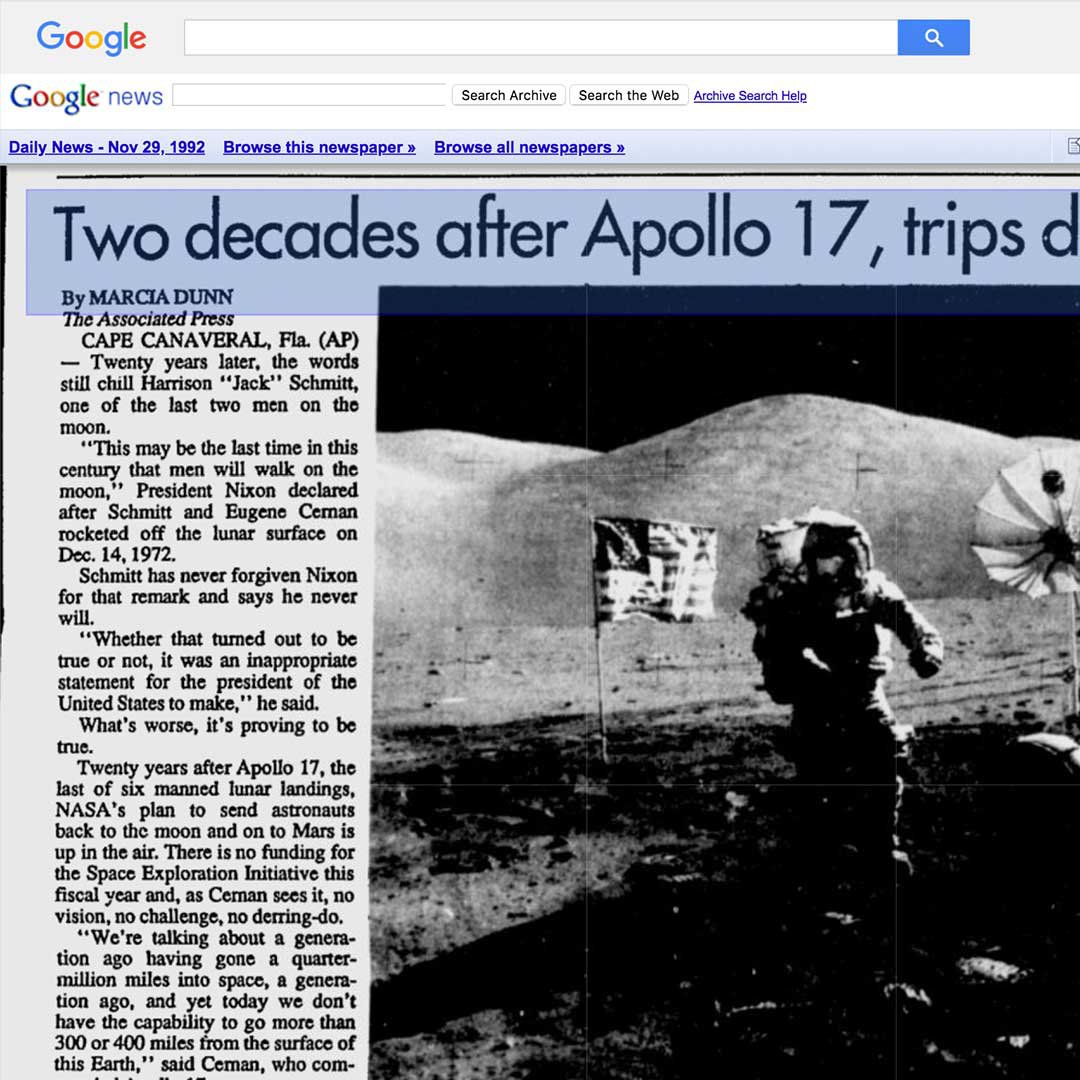News Articles Things To Know Before You Get This
News Articles Things To Know Before You Get This
Blog Article
How News Articles can Save You Time, Stress, and Money.
Table of ContentsNews Articles for BeginnersExcitement About News ArticlesThe 25-Second Trick For News ArticlesNews Articles Can Be Fun For EveryoneSome Known Factual Statements About News Articles
Excellent understanding of different topics provides trainees a competitive side over their peers. Despite the fact that digital and social media sites are easily available, we should not fail to remember how crucial it is to review the newspapers. Moms and dads must try and instill the habit of checking out a paper as a daily regimen to proceed the tradition of the adored print medium.News stories also contain at the very least one of the adhering to vital characteristics loved one to the desired audience: closeness, prominence, timeliness, human rate of interest, quirk, or consequence.
Within these limitations, news tales likewise aim to be extensive. Among the bigger and much more highly regarded newspapers, fairness and equilibrium is a significant aspect in providing details.
Papers with a global audience, as an example, often tend to utilize a more official style of creating. The certain options made by a news outlet's editor or editorial board are frequently collected in a style overview; common design overviews consist of the and the United States Information Style Book. The major objectives of news writing can be summed up by the ABCs of journalism: precision, brevity, and clarity.
More About News Articles
As a rule, journalists will not utilize a long word when a short one will do. They make use of subject-verb-object building and construction and vibrant, active prose (see Grammar). They provide stories, instances and metaphors, and they rarely depend on generalizations or abstract concepts. News authors try to prevent utilizing the same word greater than once in a paragraph (often called an "echo" or "word mirror").
However, headings often omit the subject (e.g., "Leaps From Boat, Catches in Wheel") or verb (e.g., "Feline female fortunate"). A subhead (additionally subhed, sub-headline, subheading, caption, deck or dek) can be either a secondary title under the major headline, or the heading of a subsection of the write-up. It is a heading that comes before the major text, or a team of paragraphs of the primary text.

Extra signboards of any of these types might show up later in the write-up (particularly on subsequent web pages) to attract more reading. Such signboards are additionally used as reminders to the short article in various other sections of the magazine or website, or as ads for the piece in various other publication or websites. Typical framework with title, lead paragraph (summary in vibrant), various other paragraphs (information) and get in touch with details.

Example of a hard-lead paragraph NASA is proposing an additional area project. The agency's budget demand, revealed today, included a plan to send another mission to the Moon. This time the agency wishes to develop a long-lasting center as a jumping-off point for various other area experiences. The budget demands about $10 billion for the job.
An "off-lead" is the 2nd most vital front page news of the day. To "hide the lead" is to start the article with background details or information of second relevance to the viewers, compeling them to review even more deeply into a write-up than they ought to have to in order to uncover the crucial factors.
What Does News Articles Mean?
Common use is that or 2 sentences each develop their own paragraph. Reporters typically explain the company or framework of a newspaper article as an upside down pyramid. The necessary and most intriguing aspects of a tale are put at the start, with sustaining information complying with in order of diminishing relevance.
It enables people to read this post here discover a subject to just the depth that their inquisitiveness takes them, and without the charge of details or nuances that they could consider irrelevant, yet still making that info readily available to more interested visitors. The upside down pyramid framework additionally allows articles to be cut to any type of arbitrary length throughout format, to fit in the area readily available.
Some authors begin their tales with the "1-2-3 lead", yet there are numerous kinds of lead readily available. A twist can refer to several things: The last tale in the information broadcast; a "satisfied" story to end the show.
Longer posts, such as magazine cover write-ups and the items that lead the inside areas of a paper, are recognized as. Function tales vary from straight news in several ways.
An Unbiased View of News Articles
The browse this site journalist usually information interactions with meeting subjects, making the item a lot more personal. An attribute's first paragraphs frequently connect an intriguing moment or occasion, as in an "anecdotal lead". From the particulars of a person or episode, its sight promptly expands to generalizations concerning the tale's topic. The area that signals what official site a feature has to do with is called the or signboard.

The Editor's Toolbox: A Referral Overview for Beginners and Professionals (2001) Allan M. Siegal and William G. Connolly. The New York Times Handbook of Style and Use: The Official Design Overview Used by the Writers and Editors of the Globe's Many Reliable Newspaper (2002) M. L. Stein, Susan Paterno, and R.
Report this page